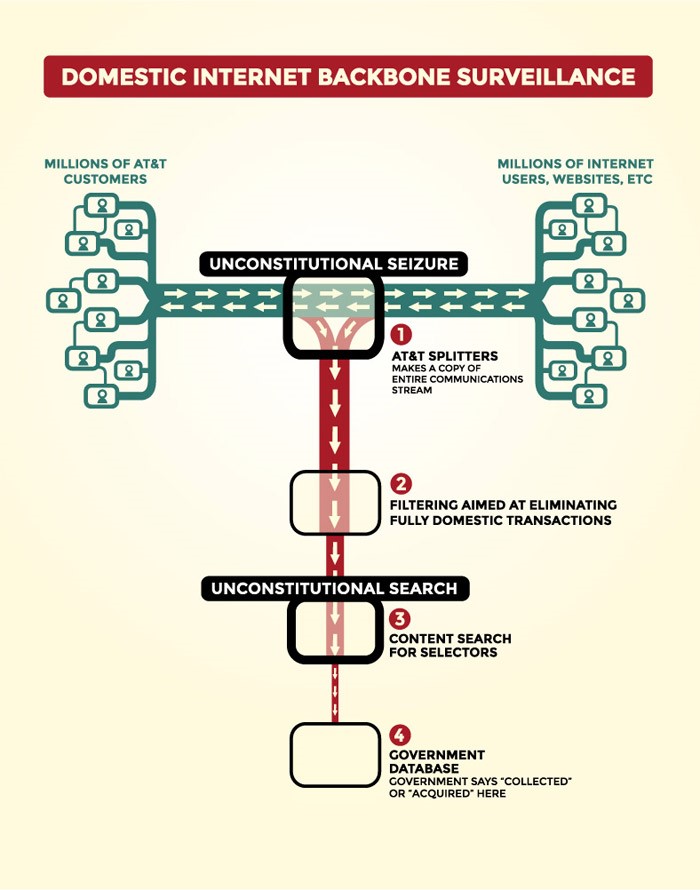In today's fast-paced digital world, where information flows freely across networks, guaranteeing the safety of knowledge has turn into paramount. Cyber threats loom massive, and companies, governments, and individuals alike are susceptible to falling sufferer to information breaches and cyberattacks. Encryption, a robust method that converts sensitive data into unreadable code, plays a pivotal role in safeguarding community safety. In this text, we explore the importance of encryption and supply sensible ideas for enhancing network security through its efficient implementation.
Understanding Encryption: A Shield for Data
Encryption acts as an impenetrable defend for data, safeguarding it from unauthorized access and manipulation. The course of involves changing plaintext data into ciphertext utilizing encryption algorithms and a singular encryption key. Without the corresponding decryption key, deciphering the encrypted data is virtually inconceivable, making it an important element within the protection against cyber threats.
1. Adopting Strong Encryption Algorithms
To bolster community security, it's essential to use strong encryption algorithms. Advanced Encryption Standard (AES) and RSA (Rivest-Shamir-Adleman) are two extensively accepted and trusted encryption requirements. AES, identified for its efficiency and safety, is good for encrypting giant volumes of data, whereas RSA excels in securing communication and encrypting encryption keys.
2. Employing End-to-End Encryption
Data is encrypted from the sender to the recipient throughout the entire transmission course of due to end-to-end encryption.
. This method guarantees that even when a breach happens throughout transmission, the intercepted knowledge remains incomprehensible to unauthorized parties. Implementing end-to-end encryption in communication tools, email providers, and cloud storage fortifies the security of sensitive data.

3. Strengthening Password Protection
The power of encryption largely depends on the safety of encryption keys and passwords. Encourage users to undertake robust passwords comprising a combination of higher and lowercase letters, numbers, and symbols. Regularly updating passwords and encryption keys additional fortifies network security.
4. Regularly Updating Encryption Protocols
Encryption technology repeatedly evolves, and with it, new encryption protocols emerge. Stay proactive in updating encryption protocols and software program to deal with potential vulnerabilities and keep ahead of rising threats.
5. Monitoring and Auditing Encryption Usage
Monitoring encryption utilization is crucial to establish anomalies and potential safety breaches. Regularly audit encryption processes to make sure compliance with security policies and business requirements.
6. Implementing Multi-Factor Authentication (MFA)
In addition to encryption, implementing Multi-Factor Authentication (MFA) provides an additional layer of security. https://privacyforpatriots.com requires users to supply a number of forms of identification, such as passwords, fingerprint scans, or facial recognition, before granting access to sensitive knowledge.
7. Training Employees on Encryption Best Practices
Human error remains a significant vulnerability in community safety. Providing complete coaching to staff on encryption finest practices, data dealing with, and security protocols can significantly reduce the danger of data breaches.
8. Integrating Hardware-Based Encryption
Hardware-based encryption devices, similar to Trusted Platform Modules (TPMs) and Hardware Security Modules (HSMs), offer a further layer of safety towards attacks focusing on software-based encryption. Integrating hardware-based encryption into techniques enhances safety and minimizes the risk of key exposure.
Encryption stands as a formidable guardian of information safety, safeguarding useful data from falling into the incorrect palms. As the digital landscape continues to evolve, the function of encryption in enhancing community safety turns into much more critical. By adopting strong encryption algorithms, implementing end-to-end encryption, and bolstering password protection, organizations and people can fortify their defense towards cyber threats. Embracing encryption as a core component of network safety empowers us to navigate the digital world with confidence, understanding that our knowledge stays safe and protected from prying eyes..
